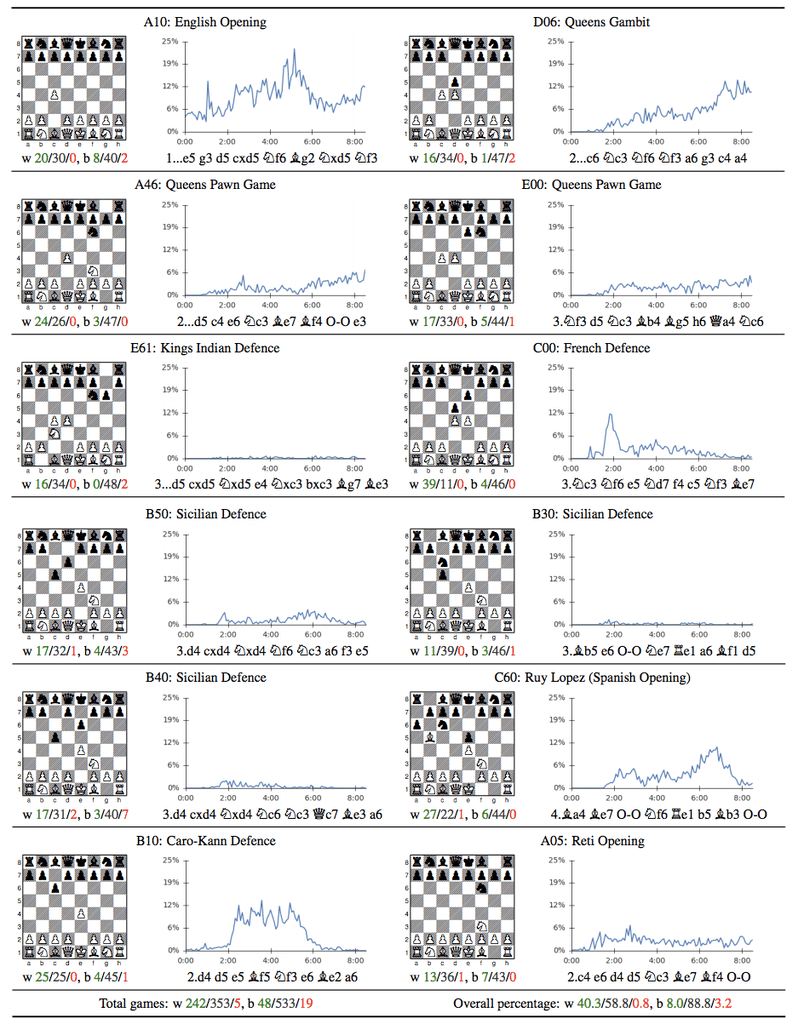I’m reminded of this old joke/riddle, which also happened to feature in Gowri Ganesha. “If a 1 metre long sari takes 1 hour to dry in the sun, how long will and 8 metre long sari take to dry?”.
The instinctive answer, of course, is 8 hours, while if you think about it (and assume that you have enough clothesline space to not need to fold), the correct answer is likely to be 1 hour.
Now this riddle is completely unconnected to do with the point of the post, except that both have to do with time.
And then one day you find, ten years have got behind you.
No one told you when to run. You missed the starting gun.
Ok enough distractions. I’m now home, home again.
Modern workspaces are synonymous with tight deadlines. Even when you give a conservative estimate on how long something will take, you get asked to compress the timelines further. If you protest too much and say that there is a lot to be done, sometimes you might get asked to “put one more person on the job and get it done quickly”.
This might work for routine, or “fighter” jobs – for example, if your job is to enter and copy data for (let’s say) 1000 records, you can easily put another person on the job, and the entire job will be done in about half the time (allowing for a little time for the new person to learn the job and for coordination).
As the job gets more complex, the harder it gets. At one level, there is more time to be spent by the new person coming into the job. Then, as the job gets more complex, it gets harder to divide and conquer, or to “specialise”. This means there is lesser impact to the new person coming in.
And then when you get closer and closer to the stud end of the spectrum, the advantage of putting more people to get the work done faster get lesser and lesser. There comes a point when the extra person actively becomes a liability. Again – I’m reminded of my childhood when occasionally I would ask my mother if she needed help in cooking. “Yes, the best way for you to help is for you to stay out of the kitchen”, she would say.
And then when the job gets really creative, there is a further limit on compression – a lot of the work is done “offline”. I keep telling people about how I finally discovered the proof of Ramsey’s numbers (3,3) while playing table tennis in my hostel, or how I had solved a tough assignment problem while taking a friend’s new motorcycle for a ride.
When you want to solve problems “offline” (to let the insight come to you rather than going hunting for it – I had once written about this) – there is no way to shorten the process. You need to let the problem stew in your head, and hope that some time it will get solved.
There is nothing that can be done here. The more you hurry up, the less the chances you give yourself of solving the problem. Everything needs to take its natural course.
I got reminded of it when we missed a deadline last Friday, and I decided to not think about it through the weekend. And then, an hour before I got to work on Monday, an idea occurred in the shower which fixed the problem. Even if I’d stressed myself (and my team) out on Friday, or done somersaults, the problem would not have been solved.
As I’d said in 2004, quality takes time.
